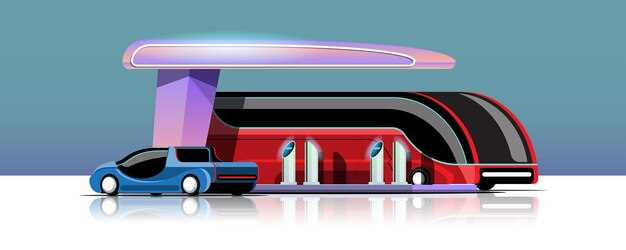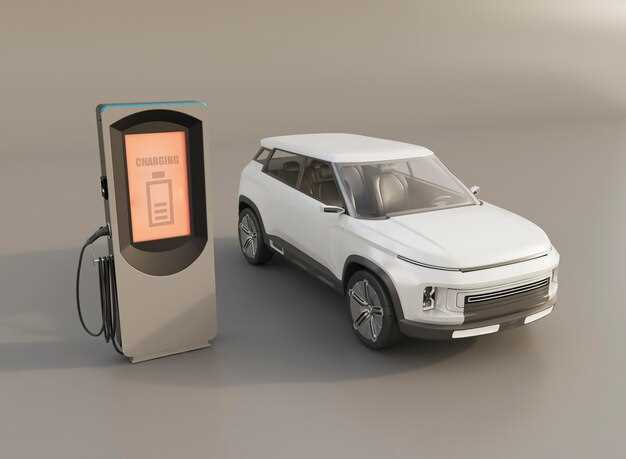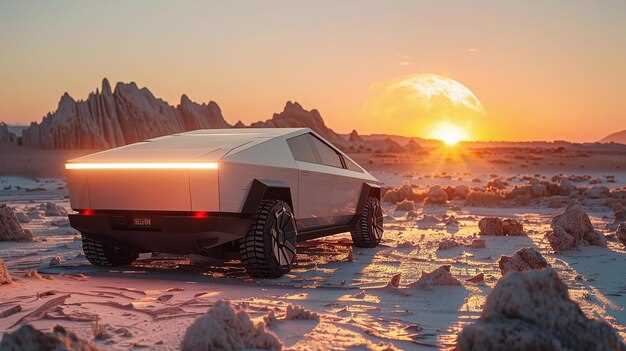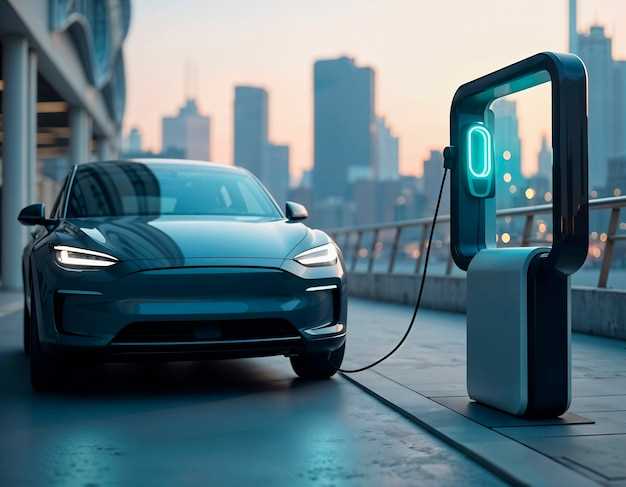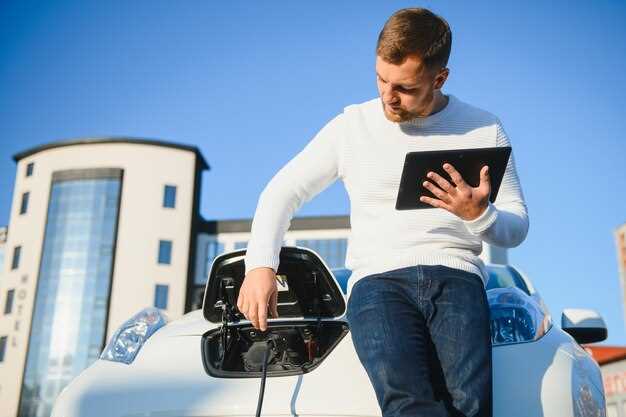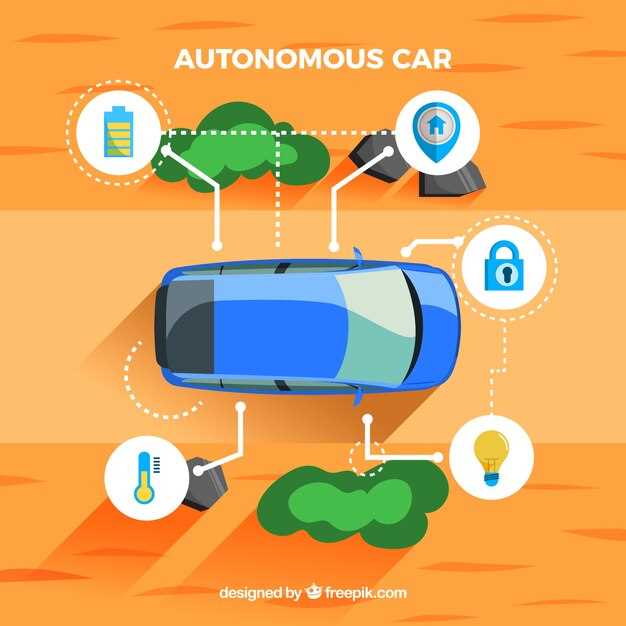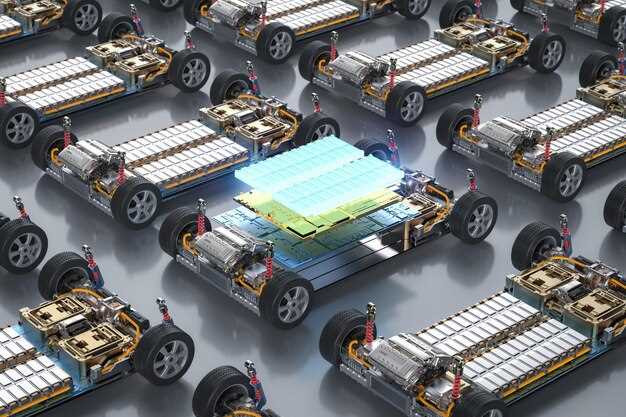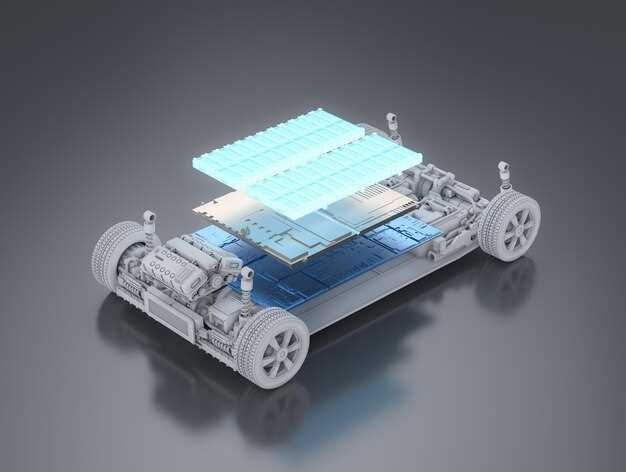
When it comes to enhancing engine performance, the concept of a cold air intake often emerges as a popular upgrade among automotive enthusiasts. Many believe that by allowing cooler air to enter the engine, it can significantly improve power output and efficiency. However, this topic is shrouded in myths, making it essential to separate fact from fiction to truly understand the benefits of this modification.
In essence, a cold air intake is designed to replace your vehicle’s factory air intake system with a more efficient one, allowing cooler and denser air to reach the engine. This upgrade can enhance combustion efficiency, leading to improved horsepower and torque. Despite the buzz around it, potential buyers must navigate through widespread misconceptions to grasp the actual impact a cold air intake can have on their engine’s performance.
Understanding the real benefits of cold air intakes requires a closer examination of how they function and the role they play in an engine’s overall performance. As we delve deeper into this topic, we will address popular myths while highlighting scientific principles that validate the advantages of integrating a cold air intake into your vehicle’s setup.
Debunking Common Misconceptions About Cold Air Intakes

Many car enthusiasts believe that installing a cold air intake system will drastically enhance their vehicle’s performance. However, misconceptions abound regarding the actual benefits and functionality of these upgrades. One prevalent myth is that cold air intakes provide a significant power increase without any drawbacks. While it’s true that they can improve engine performance by allowing cooler, denser air to enter, the increase is often marginal and varies greatly depending on the vehicle.
Another common misunderstanding is that all cold air intakes are created equal. In reality, the design and materials used can significantly impact their efficiency. Poorly designed systems may lead to increased engine heat and even result in engine damage if they draw warm air from the engine bay rather than the cool air outside. Opting for a high-quality intake that is specifically designed for your engine type is crucial for achieving optimal results.
Some vehicle owners also assume that a cold air intake will make their engine much louder. While specific models may produce a more aggressive sound, many intakes operate quietly while still enhancing airflow. It is important to note that if noise level is a concern, there are options available that minimize sound without compromising performance.
Lastly, a frequent concern is that cold air intakes may negatively affect fuel efficiency. In some instances, if the system is not properly tuned, fuel economy could suffer. However, when correctly installed, these upgrades can lead to better airflow, which may improve fuel efficiency by allowing the engine to operate more efficiently under specific conditions.
In summary, while cold air intakes offer real benefits, including improved airflow and potential performance increases, it’s essential to approach these upgrades with a clear understanding of their capabilities and limitations. Knowing the facts can help enthusiasts make informed decisions for their engines.
How Cold Air Intakes Improve Engine Performance
Upgrading your vehicle’s air intake system to a cold air intake can significantly enhance engine performance. Here are the ways it achieves this:
- Increased Airflow: Cold air intakes are designed to allow more air to enter the engine compared to factory-installed systems. This increased airflow helps to improve combustion efficiency.
- Colder Air: As the name suggests, cold air intakes draw in cooler air from outside the engine compartment. Colder air is denser than warm air, meaning you get more oxygen molecules for combustion.
- Better Throttle Response: By sending cooler, denser air directly into the engine, cold air intakes can reduce throttle lag, allowing for a more responsive driving experience.
- Improved Fuel Efficiency: Enhanced combustion efficiency leads to better fuel economy. With an optimally running engine, you may notice fewer visits to the gas station.
- Enhanced Engine Sound: Upgrading to a cold air intake can give your engine a more aggressive sound, adding to the overall driving experience without sacrificing performance.
Overall, upgrading to a cold air intake not only boosts engine performance but also optimizes the efficiency and responsiveness of your vehicle. By maximizing the amount of cool, clean air entering the engine, you provide it with the resources needed for improved power and performance.
Installation Tips for Maximizing Your Cold Air Intake Upgrade

Proper installation of a cold air intake is crucial for ensuring optimal performance and maximizing the benefits of your engine upgrade. Start by carefully reading the manufacturer’s instructions that come with your cold air intake kit. Each kit can have unique specifications, so following the provided guidelines is essential.
Before beginning the installation, gather all necessary tools and components. This includes wrenches, screwdrivers, and any adapters or fittings required for your specific setup. Having everything on hand will streamline the process and help avoid interruptions.
Ensure that your engine is turned off and cool to the touch before starting the installation. This not only protects you from burns but also prevents damage to engine components. Disconnect the battery for added safety as you work around the engine bay.
When removing the stock intake system, take your time to avoid damaging any surrounding components. Carefully detach any sensors and hoses attached to the old intake. It’s advisable to keep the stock parts intact in case you want to revert to the original setup in the future.
Once the old intake is removed, inspect the engine bay for any debris or oil buildup. Cleaning the area will help prevent contaminants from entering your engine after installing the new cold air intake. Use a soft cloth to wipe down surfaces and ensure everything is clear.
During the installation of the cold air intake, pay attention to the placement of the intake filter. Position it away from heat sources, such as the engine and exhaust components, to maximize the cold air intake’s effectiveness. Proper positioning helps maintain optimal air temperature, which in turn enhances engine performance.
After securing the cold air intake, double-check all connections, including clamps and sensors. Ensuring a tight fit reduces the risk of air leaks, which can negatively impact engine performance. Make sure that the intake is not obstructing any other components or moving parts in the engine bay.
Finally, after installation, reconnect the battery and start your engine. Listen for any unusual sounds, as this could indicate a problem with the installation. If all sounds normal, take the vehicle for a test drive to experience the benefits of your cold air intake upgrade firsthand.




